How to Have a Successful Shade Garden
(This post contains affiliate links)
My house is north facing. This is tricky for gardening because it gets very little sun. I’ve spent a lot of time looking up shade plants on the internet and have tried many different things. This is actually a post I’ve wanted to write for years, but never felt like I was quite knowledgeable enough. I’m still relatively new to gardening, so bear with me! Here’s how to have a successful shade garden.
Water is Key
To have a successful shade garden–or any garden really, you must have adequate water. Bear in mind that I live in Utah, which is Zone 6-7 and very dry. We have to have a drip irrigation with a sprinkler head on each plant for them to survive. I also make sure they are working and have the right pressure several times a month. But let me emphasize this–your plants have to have enough water! If you live in a rainy place, you probably don’t really have to worry about this. But if you live in a place where it gets hot and doesn’t rain at least two times a week, I would recommend finding a way to water your plants more. You don’t want to drown them, but plants can die so quickly (especially newly planted) if they don’t have adequate water!
When I plant new things, I make sure that they get a sprinkler on them as soon as possible so I don’t have to worry about that. We use Rachio, the smart watering system, and it makes our sprinkler system a breeze. We can start any zone from our phone and set schedules. It measures how dry the zone is and even tells you what percentage of moisture is in the dirt. It saves a lot of water as well so we got a credit from the city for installing it.
My husband and I set up a drip system for various zones in our yard. Once the black tubing is in place, hooked into your ground water system, setting up individual drip lines is really quite simple. I carry a basket with me when I plant new plants so I can install a bubbler sprinkler along with it and then I don’t have to worry about watering my brand new plant (and sometimes I have killed them by waiting on this.) Some of the tools I use for this are linked below.
I have a couple of really shady areas in my yard that have done really well with plants. They are in the front of the house and rarely get more than four hours of sunshine in a day, yet are thriving!
Successful Shade Garden 101: Plant Shade Tolerant Plants!
If you are new to gardening, you might not be aware that some plants love full sun and some plants can only tolerate a little bit of sun. To have a beautiful shade garden, you must only plant things that are part sun or shade. I have had very little success with plants that are full sun in my shade gardens. To have a successful shade garden, stick to part sun plants!
Great Part Sun Perennials
I have personally planted these plants, flowers, and shrubs. There are many other plants but don’t necessarily work in my zone or with my very alkaline soil.
Bleeding Hearts: These are so beautiful but are a little delicate and can break in heavy wind. I had some really beautiful white ones but they have definitely taken a beating in our windy area. They are also probably getting a little choked out now by my ground cover and Japanese Maple tree. However I have seen many people who have these growing and they can get pretty large and are so lovely in the spring.
Hostas: These grow really well in shade and there are so many varieties! They can get huge, but mine haven’t gotten that large in this space because there are so many plants in this area. These are easy to grow and you could honestly make an awesome shade garden with a variety of Hostas.
Columbines: These flowers are quite unique. I use to pluck off the petals as a child and sip out the nectar (yes, weird, I know.) They come in many different colors and flower in spring. They are a little taller so they would work better in the back or middle of your garden. I waited a little too long to take a photo of my Columbines in my garden so they are nearly done flowering.
Ground cover like Spotted Deadnettle (Lamium) or Vinca (periwinkle): I went crazy with my ground cover the first year and these are almost invasive they grow so well. They produce pretty little purple flowers and I generally like it. They have kind of taken over the world though and are starting to choke out other plants. I might have to tear some of it out next year. Another ground cover I have had success with in part sun locations is called Creeping Jenny.
Astilbe or False Spirea: I just planted this little guy this year and am excited to watch it grow! These are supposed to be really easy to grow and do great in very shady areas. They produce a pretty feathery red/pink flower.
Forget-Me-Nots: I am not actually wild about these, but they do grow really easily. They self-seed so they tend to spread all over the garden. Once they are done flowering they look kind of ugly, so you could just cut it back.
Coral Bells: These are a unique shade plant that come in a more purplish/pinkish/redish color. I had one that did really well until it died this winter for some reason. Here’s another one I have in my front garden. It is doing great so far. They are mainly foliage plants but have some little flowers (the coral bells) on long stems from time to time.
Ferns: I didn’t have any ferns until this year and so far they are not thriving. I think it’s because they might be getting a little choked by the ground cover. I did add fertilizer so we will see. I think you could have great success growing ferns in a shady spot that gets plenty of moisture. They don’t like hot sun, so that could be another problem with mine. The Utah sun is very hot because of our elevation so they might be getting a bit scorched. When I went to Oregon this spring, I noticed how very many ferns there were everywhere and it’s probably because Oregon gets a lot of rain and cloud cover.
Geraniums: This is actually an annual, but I have planted it for several years in my front planters and they have thrived. However, this year I picked a color of geranium I never had before and it has done poorly. I guess I forgot to notice that it was a full sun variety, as some are. So make sure you check!
I replanted them in a full sun area and replaced my planters with some other annual shade plants (impatiens, creeping jenny, and lisianthus). I’m excited to see how these perform in the shade!
Japanese Maple Trees: This is my favorite tree for shade. They are so unique and I love the lace-leaf varieties. The one we have in the front garden has done incredibly well and it’s my husband’s favorite tree. He got super made at me when I pruned it, but you have to prune it so it can have a good shape! I planted a purple tree in the back part-shade garden and it’s still very small but is doing well. I’m not quite done with this bed yet but it’s a far cry from where it was just a year or two ago!
“Lemony Lace” Elderberry Bush: This bush was a surprise to us. It grew like gangbusters the first year and grew very vertically so we ended up staking it to keep it upright. I’m going to try to prune it this winter and see if we can get it to stand upright on its own. It’s a very beautiful shrub and I love how the vibrant lime green foliage looks against the darker cedar branches of the trees behind it.
What about Hydrangeas?
You might be wondering why I haven’t included Hydrangeas on this “successful shade garden” list. You’ll find them on most part shade or shade perennial lists. However, in my experience with Hydrangeas, they must have at least 4-6 hours of good sun to thrive. Otherwise they will grow at a snail’s pace. I have had to transplant several times to find the best spot for my hydrangeas. They like several hours of morning sun and then afternoon shade so they don’t scorch. They also need acidic soil if you want them to be blue/purple. Utah’s soil is extremely alkaline, so they end up being pink. You can amend the soil but I have found that it takes a TON of amendment early in the spring and who has time for that? Here is one I planted last year and it’s coming back pretty well. I’m excited to see how it does! Remember that Hydrangeas are slow to produce. “The first year sleeps, the second year creeps, and the third year leaps.”
This year I planted this variety called “Summer Crush” which blooms bright pink. I bought them fairly large and planted them in a great spot for morning sun/afternoon shade so I’m hopeful to have success with these ones. They need plenty of water, so make sure they have their own sprinkler drip if you live in a dry area. Believe me, you are not going to remember to water your plants every day!
There you have it! If you have good, fertile soil, regular watering, and plant part-sun plants, you should have plenty of success and will soon see a gorgeous shade garden you can be proud of! Keep weeding, fertilizing, and mulching from time to time. A beautiful garde1 takes work and dedication, but I love doing it so I don’t mind. It’s a great excuse to get outside!
Don’t forget to pin this post How to Grow a Successful Shade Garden to reference it later!

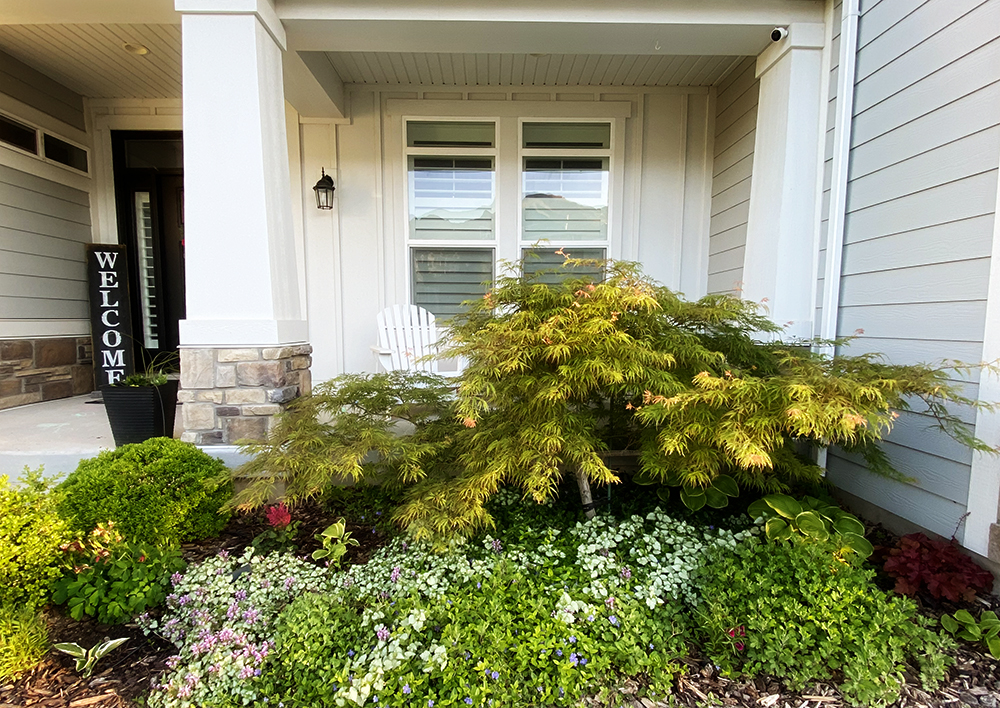
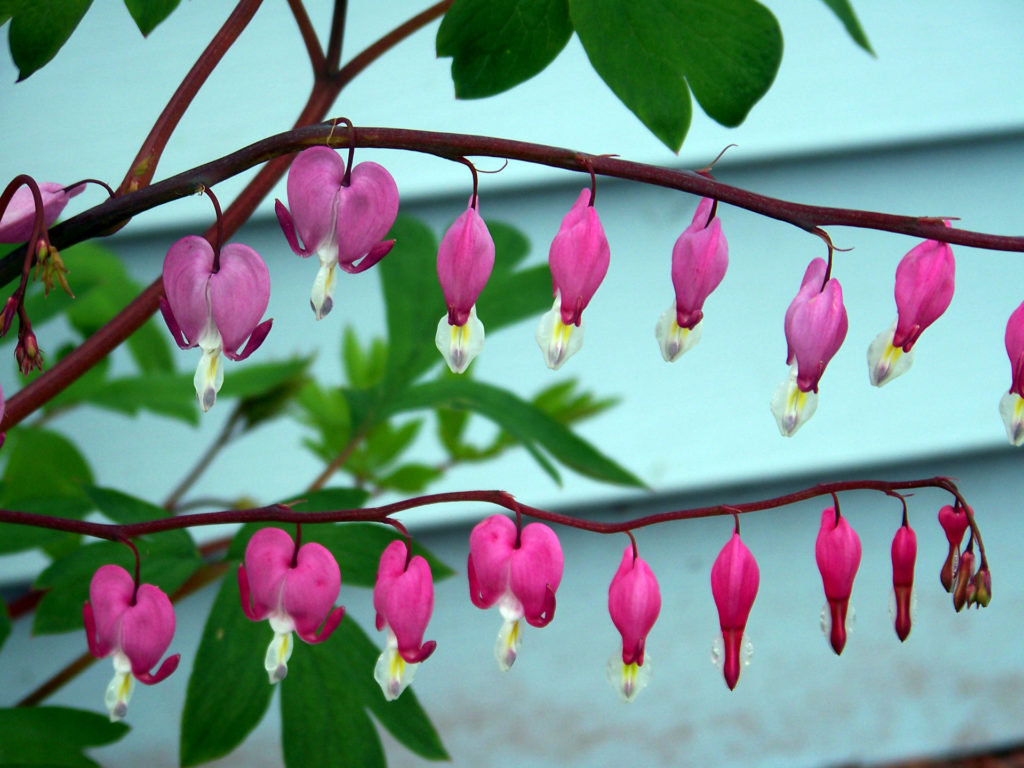
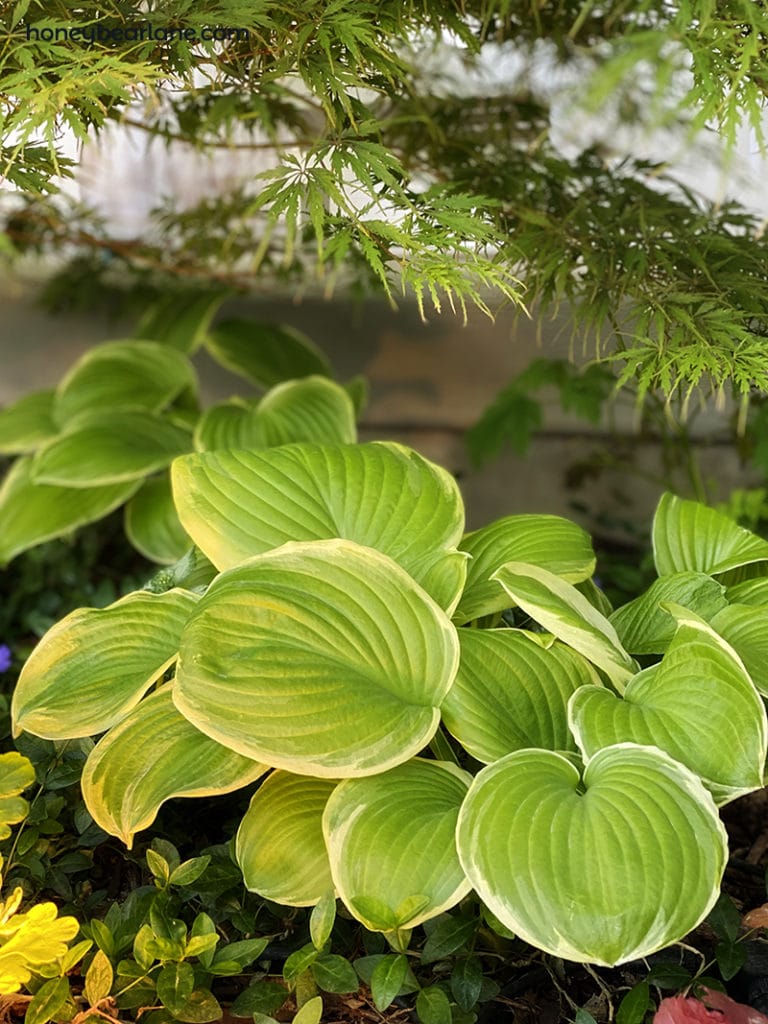
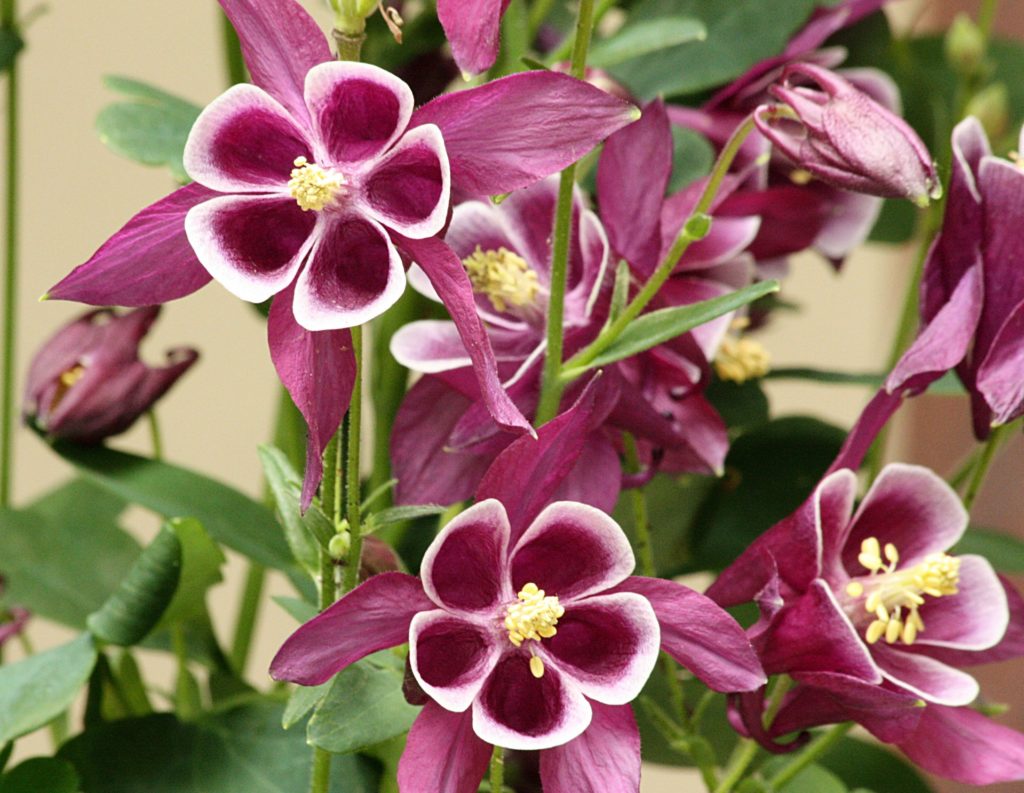
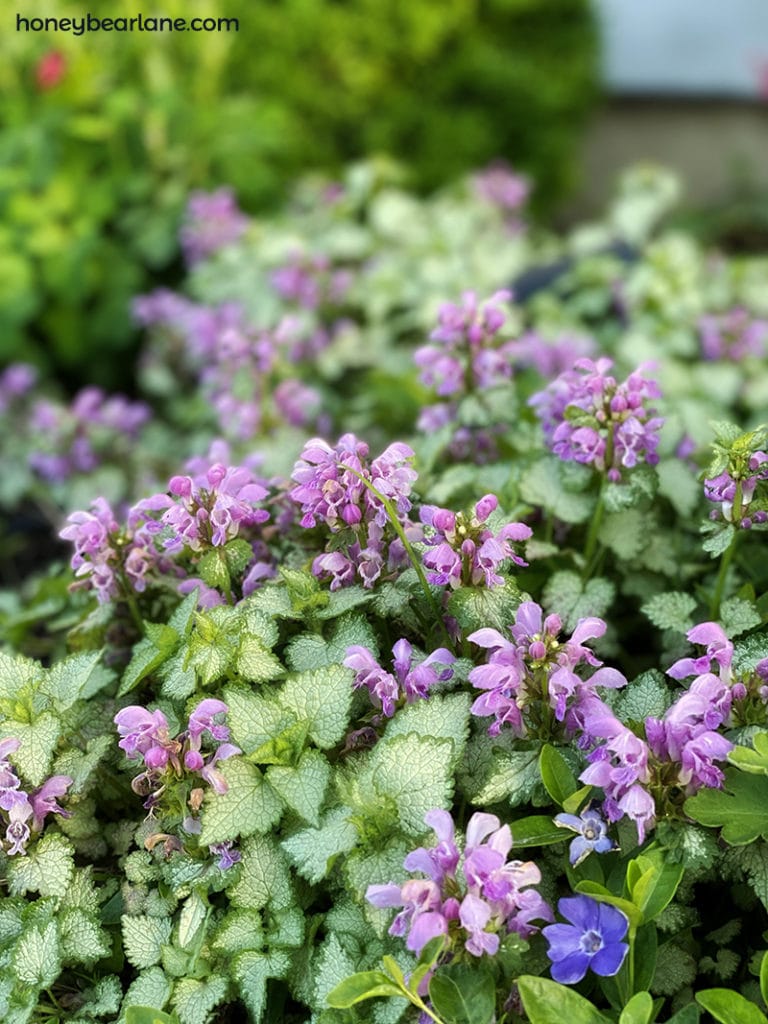
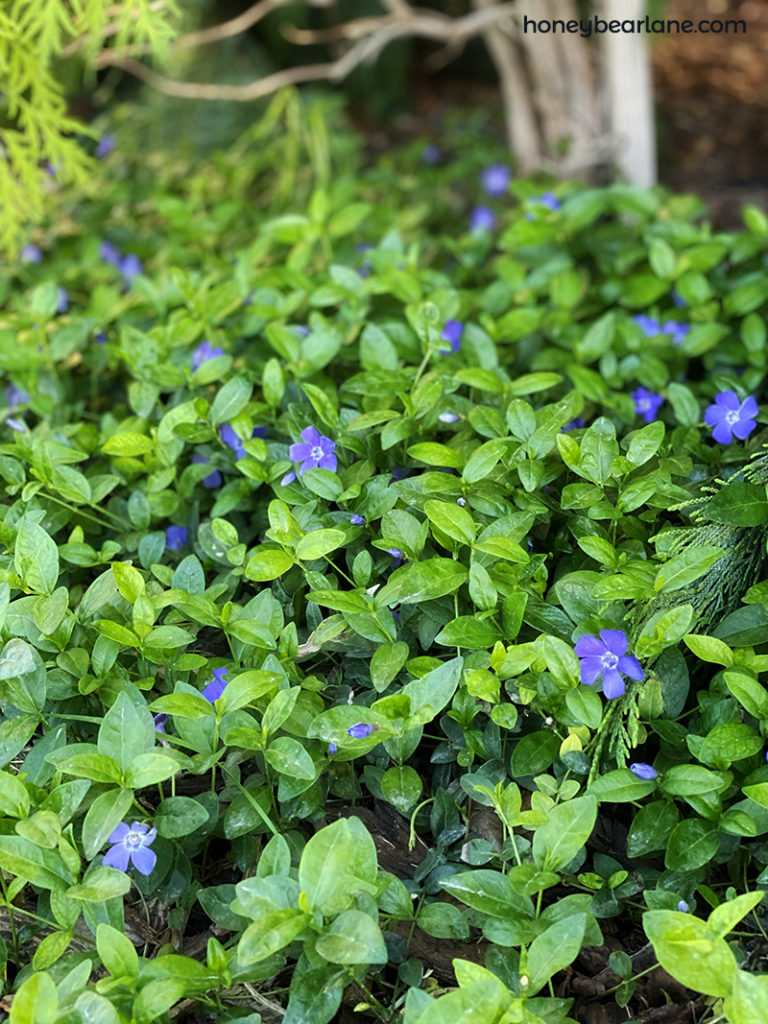
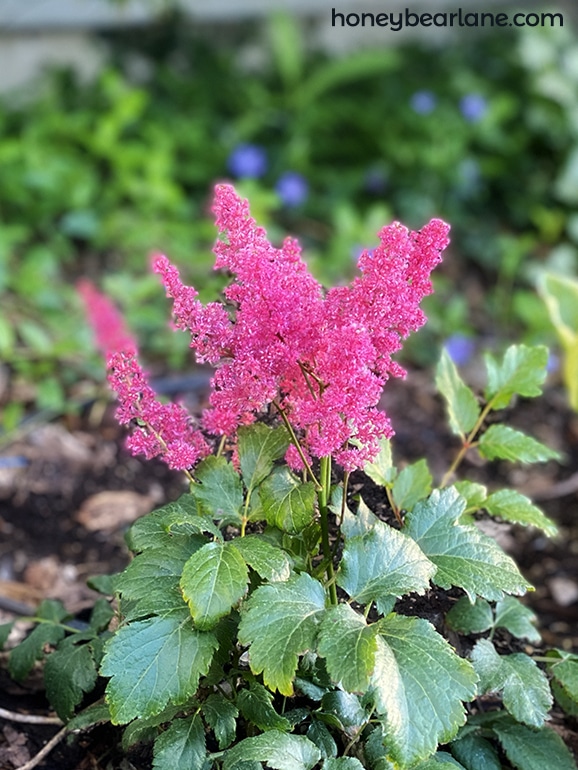
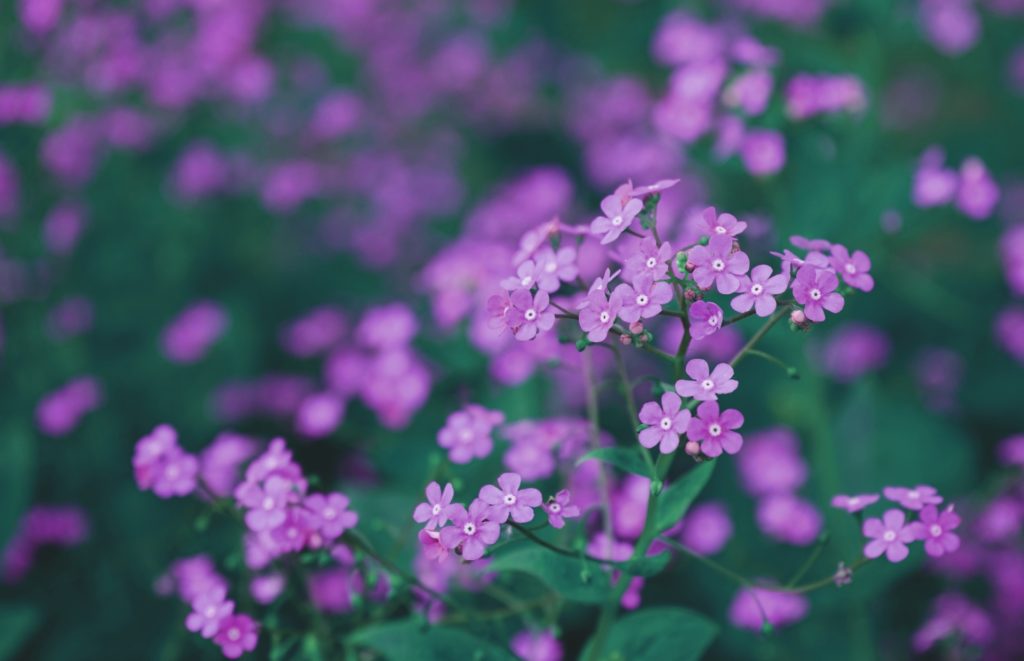
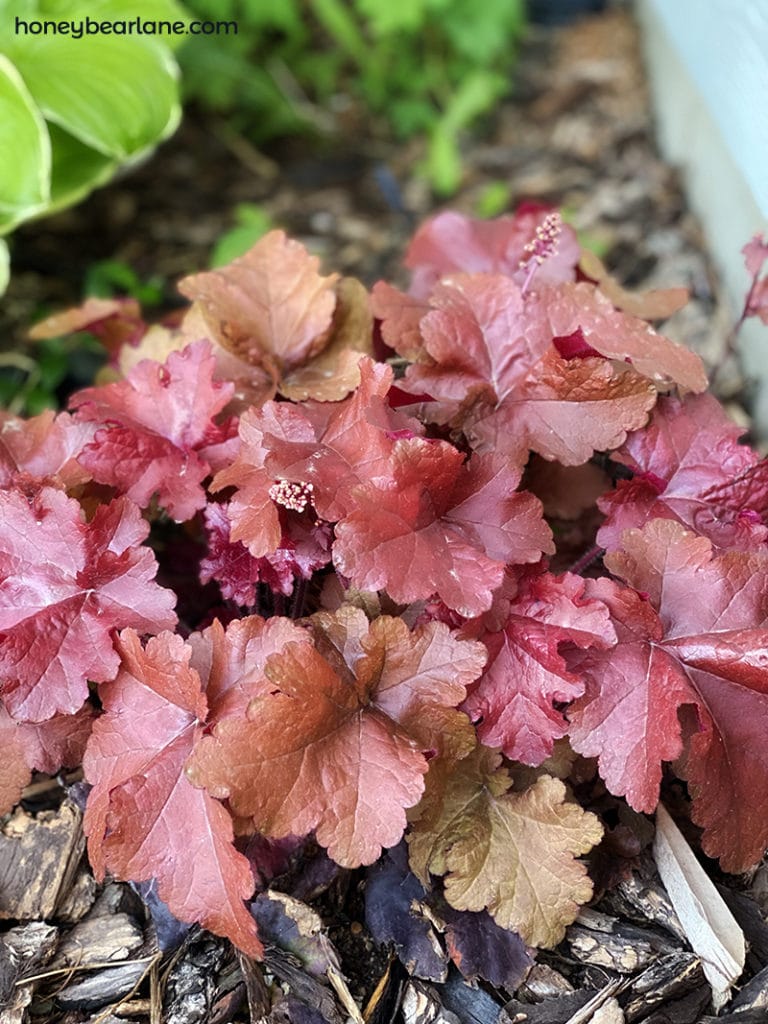
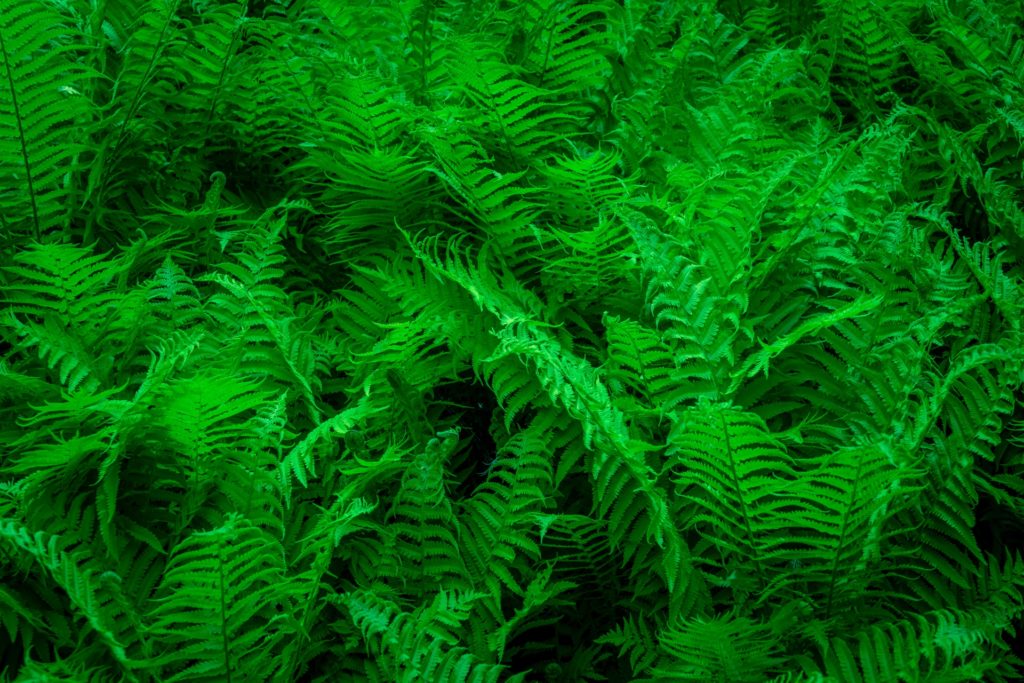
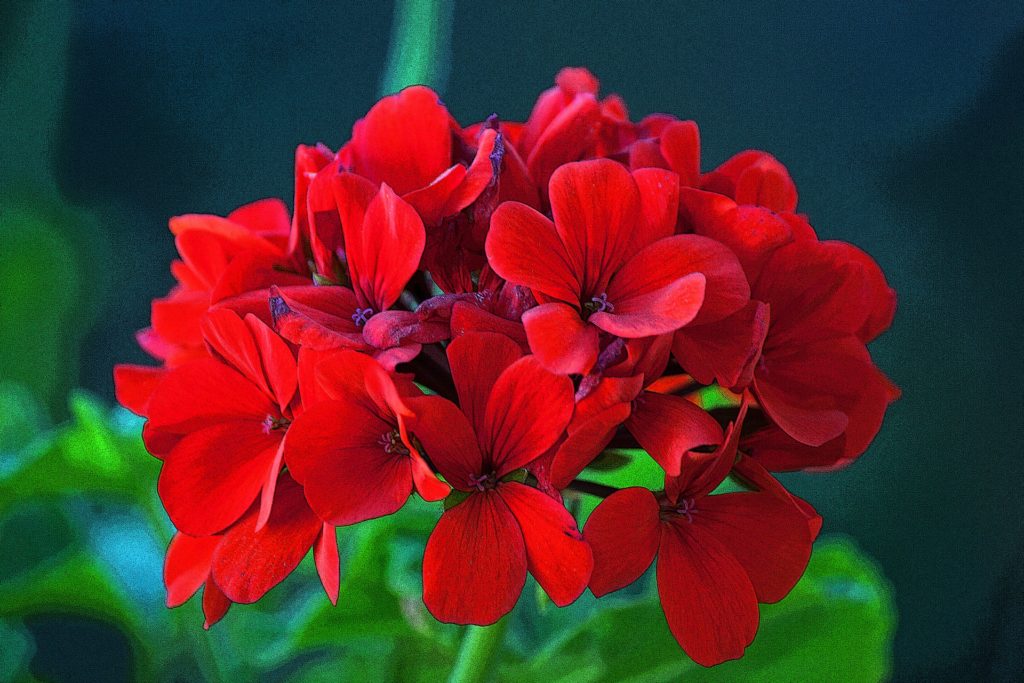
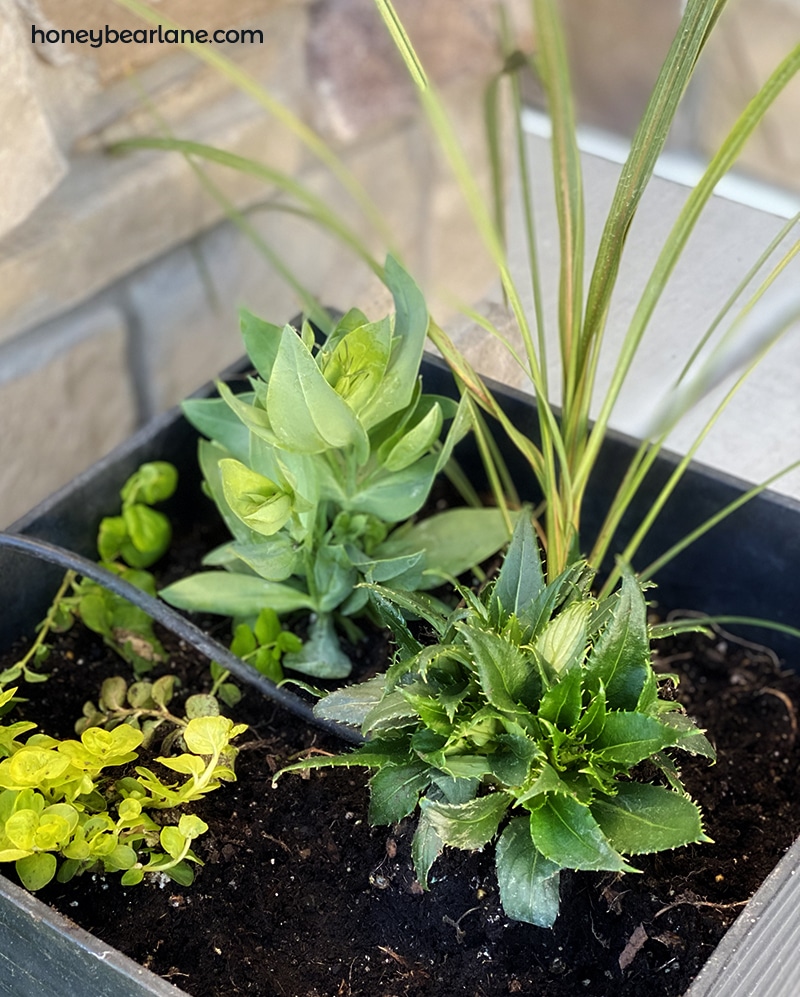
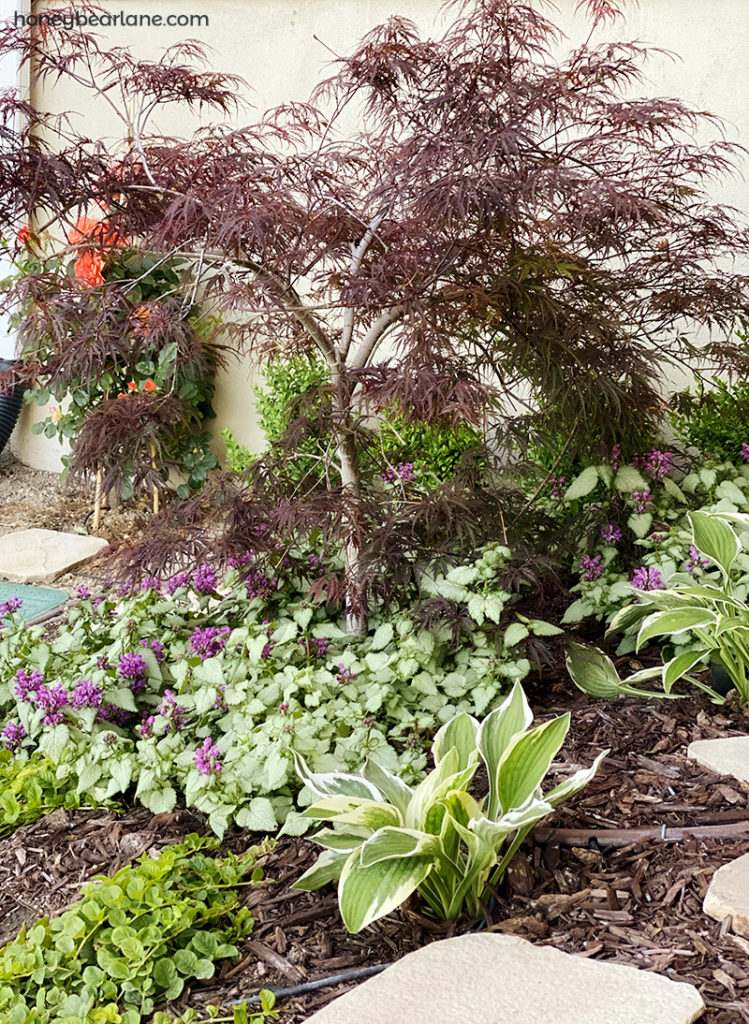
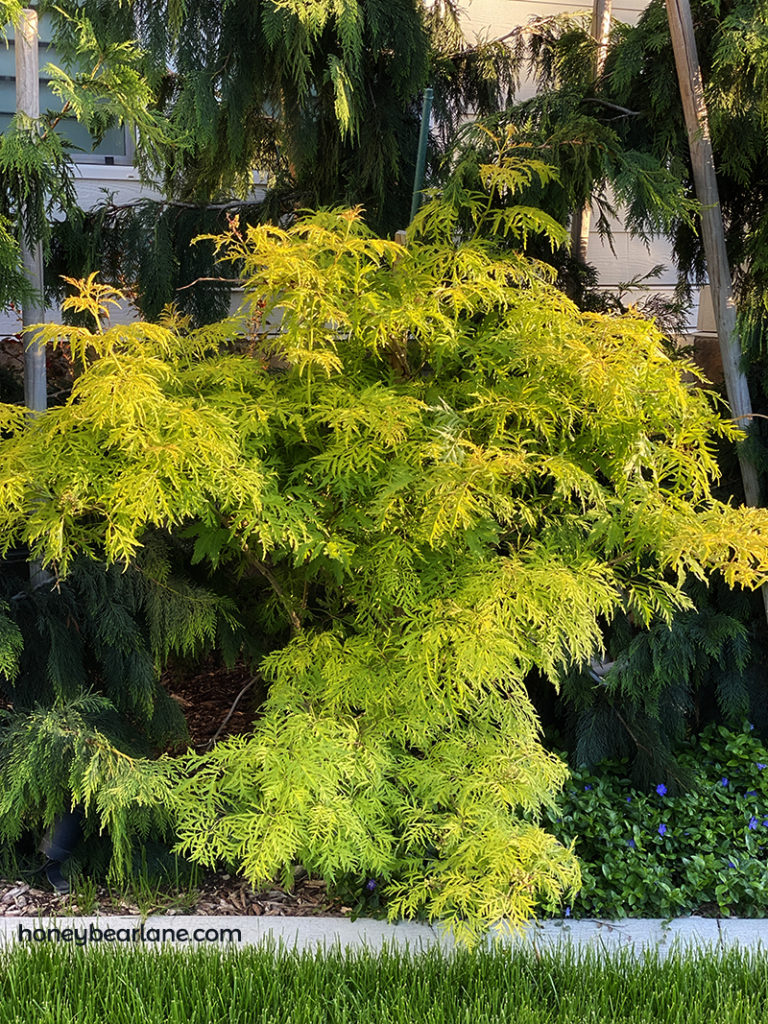
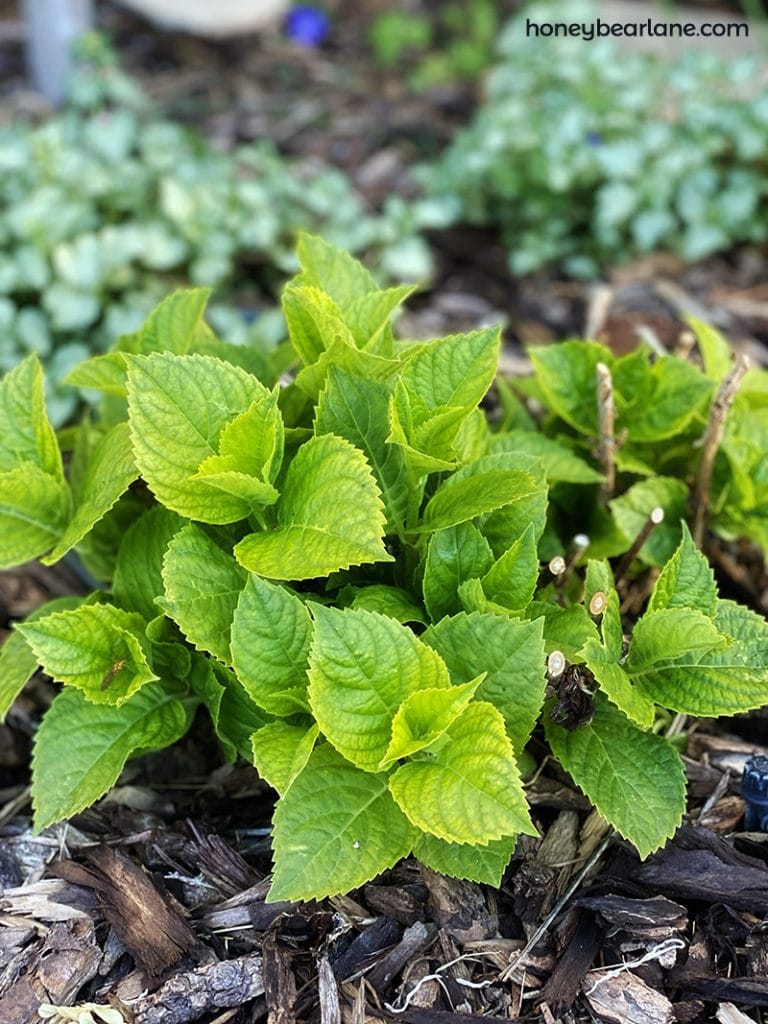
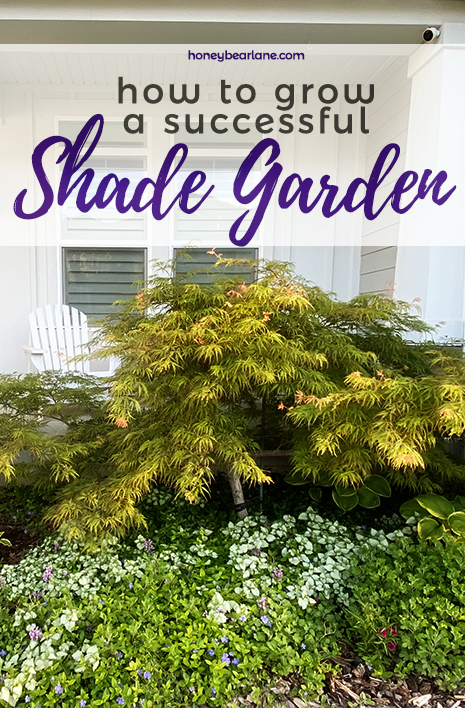
I loved it! It is the perfect time of year to be thinking about what kind of outdoor space you want for next summer. Your article was so helpful in understanding how to use plants in a way that best suits my environment.